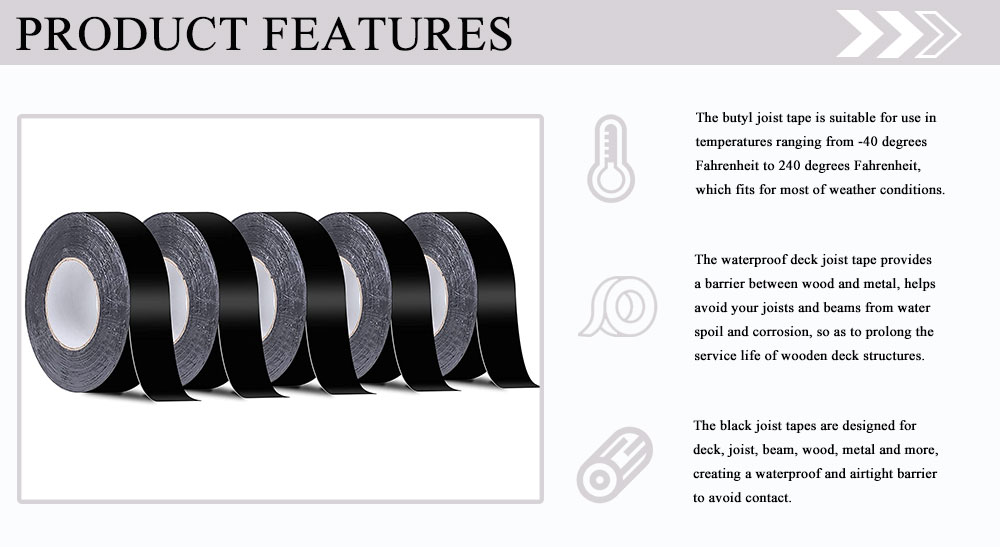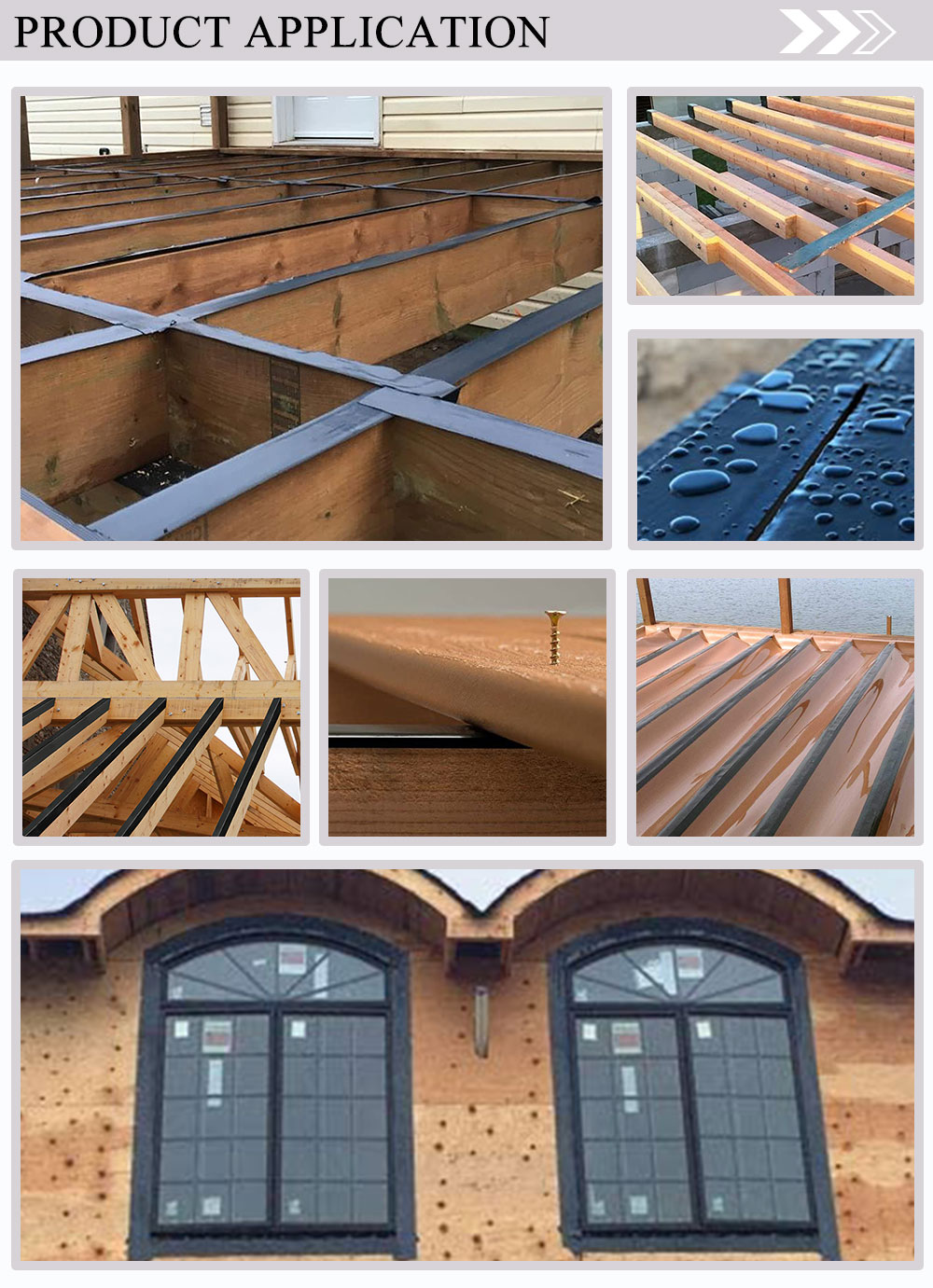Cold Dew is one of the most significant meteorological threats to the growth of late rice in southern China. During the period around the Cold Dew solar term, which occurs in early autumn, the late rice enters its critical phase of panicle development and flowering. If low temperatures occur during this time, it can lead to empty grains and pods, significantly reducing yield. This phenomenon is commonly referred to as "Cold Dew Wind." After the founding of the People's Republic of China, double-season rice cultivation gradually expanded northward into the middle and lower reaches of the Yangtze River. In these regions, late rice typically enters the heading and flowering stage in mid-to-late September, making it vulnerable to cold damage. Despite regional differences in terminology—such as "autumn wind" or "anchored wind"—the underlying issue remains the same: low temperature damage during the critical reproductive stages of rice.
The late rice plant is particularly sensitive to low temperatures during three key growth stages: (1) young panicle differentiation (25–30 days before heading), (2) pollen mother cell meiosis (10–15 days before heading), and (3) heading and flowering. Among these, the heading and flowering stage is most at risk, as low temperatures can prevent proper pollination, leading to empty grains. The meiosis stage is also highly sensitive, as cold temperatures can damage the pollen, resulting in malformed or unfilled grains. However, the young panicle stage is generally less affected by cold stress.
During the heading and flowering period, low temperatures can delay the process, cause incomplete opening of florets, and reduce fertilization efficiency, all of which contribute to a higher rate of empty grains. Additionally, if a sudden drop in temperature occurs during the grain-filling stage, it can slow or halt the filling process, further reducing yield. In some cases, the plants may even die prematurely, leaving the grains underdeveloped.
Severe Cold Dew events can lead to substantial yield losses. While multiple factors contribute to the damage, low temperature is the primary cause. The earlier the cold event occurs, the lower the temperature, and the longer the duration, the greater the impact. Wind, rain, or dry conditions can exacerbate the damage. For example, in coastal areas of South China, when cold air meets typhoon systems, strong winds and heavy rains can cause additional harm, not only affecting the crop but also causing physical damage.
There are two main types of Cold Dew weather patterns that affect late rice:
1. **Wet-Cool Type**: This occurs when cold air from the north meets warm, humid air moving southward, often resulting in low temperatures, rain, and reduced sunlight.
2. **Dry-Cool Type**: Characterized by strong northern winds, clear skies, and significant temperature drops, this type of cold weather is dry and accompanied by large day-night temperature differences.
To assess the risk of Cold Dew, agricultural meteorologists use temperature thresholds. In southern regions, the following criteria are commonly used:
- For japonica rice, if the average daily temperature falls below 20°C for three consecutive days or more.
- For indica and hybrid rice, if the average daily temperature drops below 22°C for three consecutive days or more.
To mitigate the impact of Cold Dew Wind, farmers should take proactive measures. These include understanding the typical timing of cold events and selecting appropriate rice varieties with safe heading dates. Accurate forecasts can help farmers plan planting schedules, such as using early-maturing varieties in colder years or adjusting the area planted with late rice accordingly. Breeding cold-resistant rice varieties, improving field management through proper fertilization and irrigation, and implementing microclimate adjustments—like night irrigation or using insulating agents—are also effective strategies. By combining scientific knowledge with practical farming techniques, farmers can better protect their crops from the damaging effects of Cold Dew.
Joist Tape
Joist Tape Deck Flashing Tape Butyl Joist Tape for Decking
The Joist Tape is a malleable polyethylene waterproof wood flashing and material, using a rubberized asphalt mastic adhesive. Rot is caused by moisture that stays in contact with treated and untreated lumber deck framing and the above decking material. Wood decay can also occur when deck screws penetrate the deck boards, piercing the joist sub-framing below. The deck joist tape is easily apply to decking joists, around deck support posts and over ledger boards, which creates a waterproof seal that helps stop decay and wood rot.
The joist tape for decking as a barrier, it can reduce moisture damage to crossbeams. The joist butyl tape is used in temperatures range of -20°F to 176°F, it protects and maximizes the life of your new deck and creates a waterproof membrane that prevents wood rot caused by moisture.
|
Product Name
|
Butyl Joist Tape
|
|
Material
|
high-density polyethylene (HDPE)
|
|
Adhesive
|
Pressure Sensitive
|
|
PE Film
|
White, other colors can be customized
|
|
Butyl Rubber
|
white, other colors can be customized
|
|
Application
|
Providing corrosion protection
|
How To Use The Joist Tape for Decking
The joist tape for decking is easy to install just in seconds. Clean the adherend surface, cut the appropriate length as needed, peel off the protected film, and carefully press the tape against target area. Mistakes are easily rectified within the first few minutes of installation.


Joist Tape,Deck Joist Tape,Joist Tape for Decking,Joist Tape for Decks,Butyl Joist Tape
Kunshan Jieyudeng Intelligent Technology Co., Ltd. , https://www.jerrytape.com

